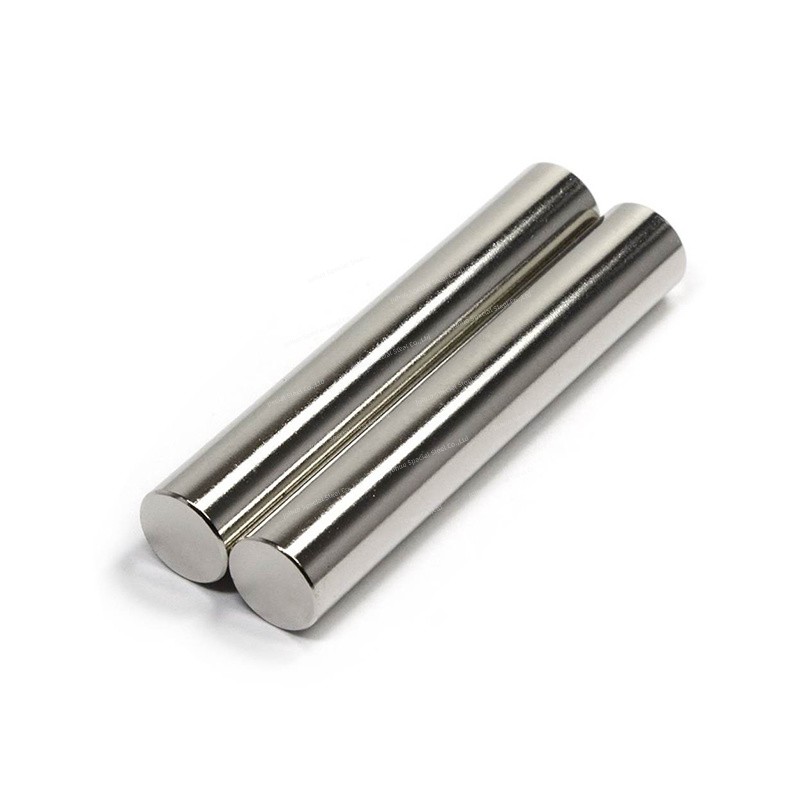Stainless Steel Bar
Stainless Steel Bar

316L Stainless Steel Bar
316L stainless steel, similar to 316 stainless steel, has a lower amount of carbon of no more than 0.03% in its composition. This is meant to reduce the risk of carbon precipitation, to make a better choice for welding to achieve maximum corrosion resistance.
Big fire special steel, high strength steel plate, steel industry supply and demand, steel suppliers
316L Stainless Steel Bar Description
316L stainless steel is an austenitic stainless steel metal alloy that contains nickel and molybdenum, making it corrosion resistant. 316L is a 316 low carbon grade. This grade is not affected by sensitization (grain boundary carbide precipitation). It is often used for large-gauge welded parts (approximately over 6mm). 316L stainless steel has higher creep, fracture stress and tensile strength than chromium nickel austenitic stainless steel at high temperature.
Product Parameters
Product Name 316L Stainless Steel Bar Type Steel Bar Outer Diameter Round Bar 4mm-500mm Hexagon Bar 18mm-57mm (11/16″ to 2-3/4″) Square Bar 18mm-47mm (11/16″ to 1-3/4″) Flat Steel 1/2 "to 10", Thickness: 2mm-150mm, Can provide customized Length 1-6 meters, Length can be customized Standard ASTM, AISI, JIS, GB, DIN, EN, etc. Surface Black, Bright Polished, Rough Turning, Mattness Surface Treatment, No. 4. BA, etc. Scope of Application Stainless steel bars are used in a variety of industries such as shipbuilding, Defense, Automotive, Textiles, Paper and pulp, Manufacturing, Cement, Heavy earthmoving equipment and construction, etc.
Chemical Composition
C Si Mn Cr Ni S P Mo ≤ 0.03 ≤1.0 ≤ 2.0 16.0~18.0 10.0~14.0 ≤ 0.03 ≤ 0.045 2.0~3.0
Mechanical Properties
Tensile Strength Kb (MPa) Yield Strength σ0.2 (MPa) Elongation D5 (%) Hardness ≥480 ≥177 ≥ 40 ≤ 187HB;≤ 90HRB;≤ 200HV
Physical Performance
Density(g/cm³) Modulus of Elasticity(Gpa) Coefficient of Thermal Expansion(10-6/°C) Coefficient of Thermal Conductivity(W/m*K) Resistivity(ΜΩ. cm) 7.99 193 16.0 16.2 74
What is your working time?
In general, our online service time is Beijing time: 8:00-22:00, after 22:00, we will reply to your inquiry during the next working day.
How to pack the products?
The inner layer has a waterproof paper outer layer with iron packaging and is fixed with a fumigation wooden pallet. It can effectively protect products from corrosion during ocean transportation.
Can you send samples?
Of course, we can send samples to all parts of the world, our samples are free, but customers need to bear the courier costs.
What product information do I need to provide?
You need to provide the grade, width, thickness, coating and the number of tons you need to purchase.
What are the shipping ports?
Under normal circumstances, we ship from Shanghai, Tianjin, Qingdao, Ningbo ports, you can choose other ports according to your needs.
About product prices?
Prices vary from period to period due to cyclical changes in the price of raw materials.
What are the certifications for your products?
We have ISO 9001, SGS, EWC and other certifications.
How long does your delivery time take?
In general, our delivery time is within 30-45 days, and may be delayed if the demand is extremely large or special circumstances occur.
